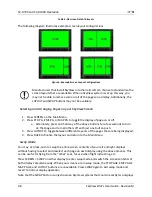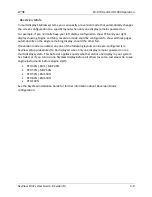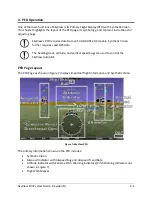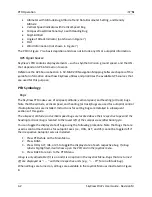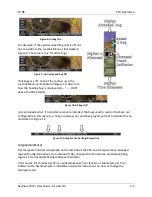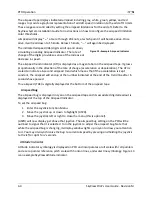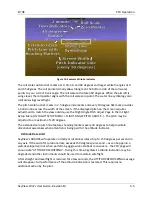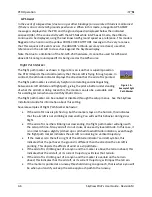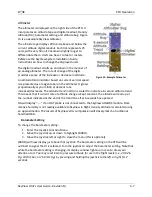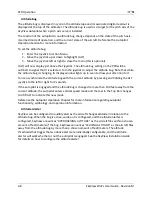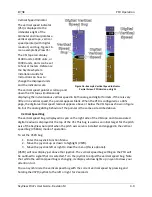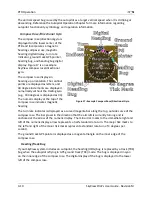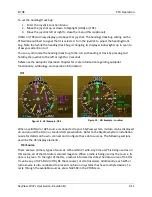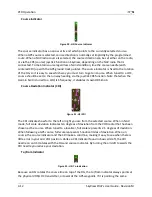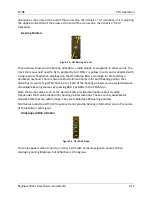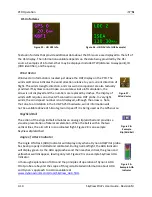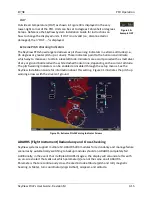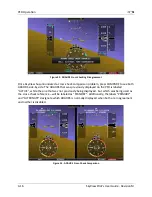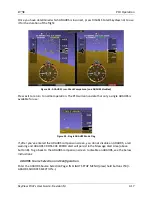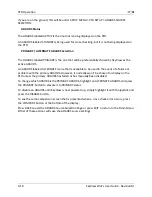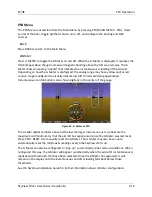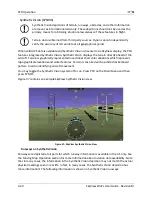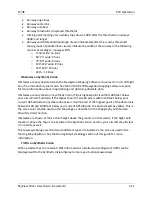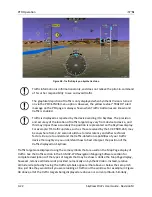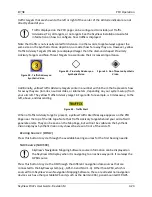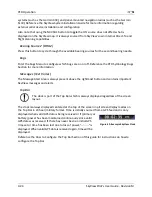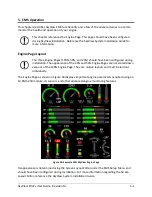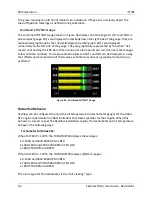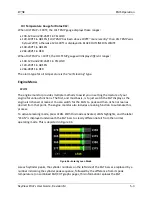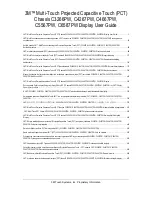
PFD Operation
4-12
SkyView Pilot’s User Guide - Revision M
Course Indicator
Figure 20 - HSI Course Indicator
The course indicator has an arrow at its end which points to the currently selected course.
When a GPS source is selected, course direction is normally set implicitly by the programmed
route. When a NAV radio source is selected, the course direction can be set either on the radio,
or via the CRS (course) joystick function on SkyView, depending on the NAV radio that is
connected. To maintain course regardless of wind condition, line the course needle (with
centered CDI) up with the GPS ground track pointer. The course indicator is fixed to the rotation
of the DG, so it is easy to see which way you must turn to get on course. When tuned to a LOC,
course should be set to the runway heading via the joystick CRS function. Note that when the
Garmin SL30 is tuned to a LOC/ILS frequency, it disables its own OBS knob.
Course Deviation Indicator (CDI)
Figure 21 - HSI CDI
The CDI indicates how far to the left or right you are from the selected course. When in NAV
mode, full scale deviation indicates ten degrees of deviation from the VOR radial that has been
chosen as the course. When tuned to a localizer, full scale represents 2.5 degrees of deviation.
When following a GPS course, full scale represents 5 nautical miles of deviation. When on
course, the course indicator and the CDI make a solid line, making it easy to see when there is
little error in your aircraft's position. Unlike a CDI indicator found in basic aircraft, the CDI
needle on an HSI rotates with the DG and course indicator. By turning the aircraft towards the
CDI needle you reduce your deviation.
To/From Indicator
Figure 22 - HSI To Indication
Because an HSI rotates the course line on top of the DG, the to/from indicator always points at
the physical VOR/LOC transmitter, or towards the GPS waypoint. If it is pointing the same

